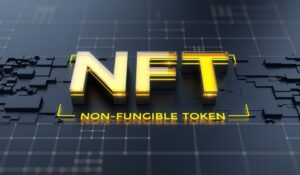HAVAH testnet, called VEGA, has had a lot of users since its release on 21 December. According to invent global, it took only nine days for the testnet to reach 105,000 users, which is a significant accomplishment.
As of 5 January, the gross number of user visits to the testnet was 140,000, with 100,000 being physical users, not bots. This high level of interest and usage is notable, especially compared to other recent blockchain projects.
VEGA Testnet
A testnet is a separate, non-production version of a blockchain used for testing. It allows developers to experiment with new features, stress-test the network, and identify bugs before officially releasing the code. It’s common for testnets to be released to the public to allow for wider testing and feedback.
VEGA has a global user base, with most users residing outside Korea, the birthplace of VEGA. Users from over 150 countries have visited the testnet site, and users from more than 140 countries have installed the new wallet. The global users are mostly from the United States, Russia, and Hong Kong.
The VEGA testnet introduces a new service, HAVAHmitter. This HAVAHmitter service connects ETH, BNB, and many other crypto networks to promote the free movement of digital assets such as NFTs. The HAVAH project focuses on security and growth potential and is part of the decentralized transmission protocol technology.
The team behind HAVAH is working to create an ecosystem where users can easily move and use NFTs and other digital assets across blockchains. The team plans to connect more blockchains to make this possible.
According to Glory Lim, the HAVAH project lead, the team’s inter-chain technology allows numerous decentralized services to be safe and fast for users to move digital assets without network constraints.
Lim also stated that the team hopes to create a world where it becomes the norm for all users to transfer NFTs between different blockchains. For example, Lim mentions that people could easily transfer their AZUKI NFTs across different platforms.
HAVAH’s Future
HAVAH has received investments from many investors, including HG Ventures and MAMA Ventures. These investments may have helped to strengthen HAVAH’s position in the blockchain market. In addition, the project has also announced new validators, including PALA and GrundX, which may have further contributed to its picture on the market.
HAVAH plans to work with many firms to make decentralized projects more mainstream. In addition, HAVAH will hold a public auction of its Planet Node NFTs, which are crucial to the HAVAH ecosystem. The sale will start on 11 January. You may find more information about this on the official HAVAH website.
You can share this article with other NFT fans.
Disclaimer: NFTs and Cryptocurrencies are highly volatile, conduct your own research before making any investment decisions. Some of the posts on this website are guest posts or paid posts that are not written by our authors (namely Business Voices content) and the views expressed in these types of posts do not reflect the views of this website. Please read our full disclaimer here.




